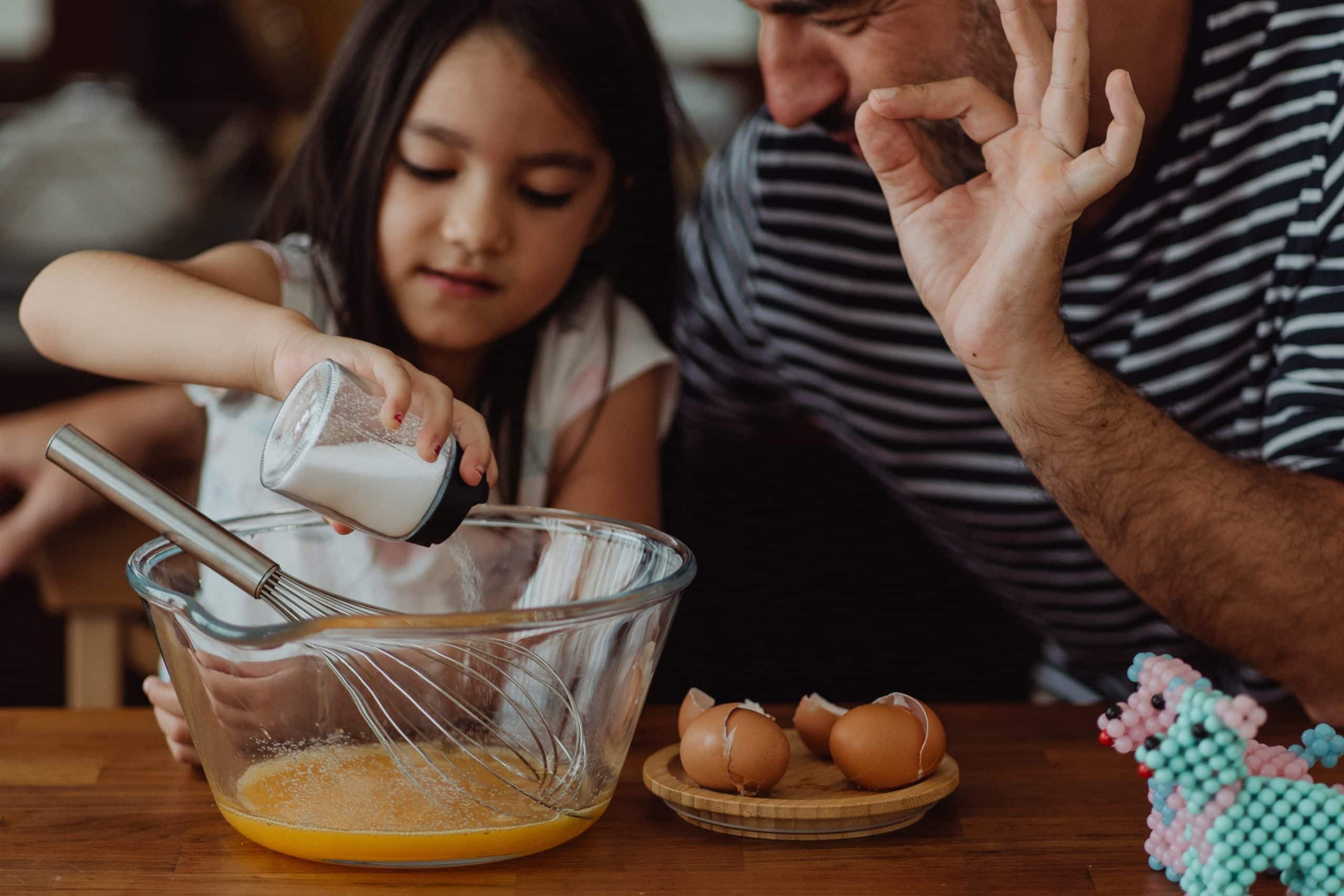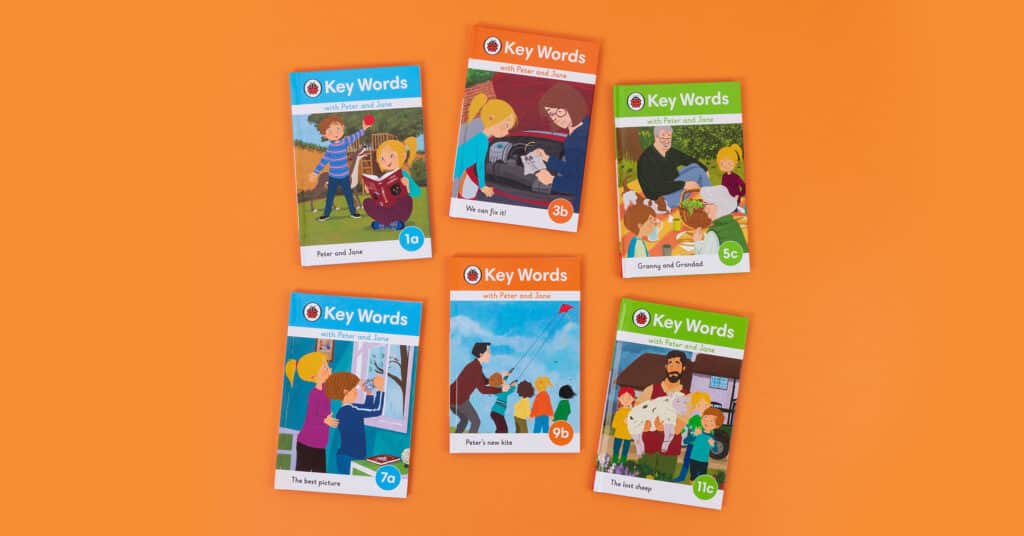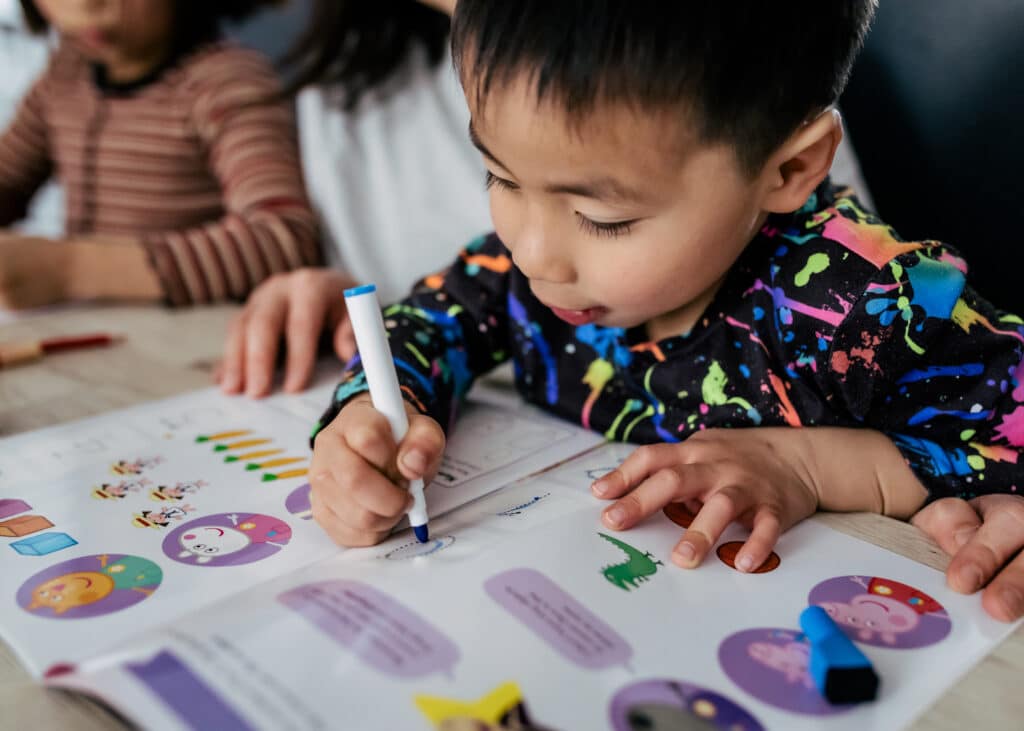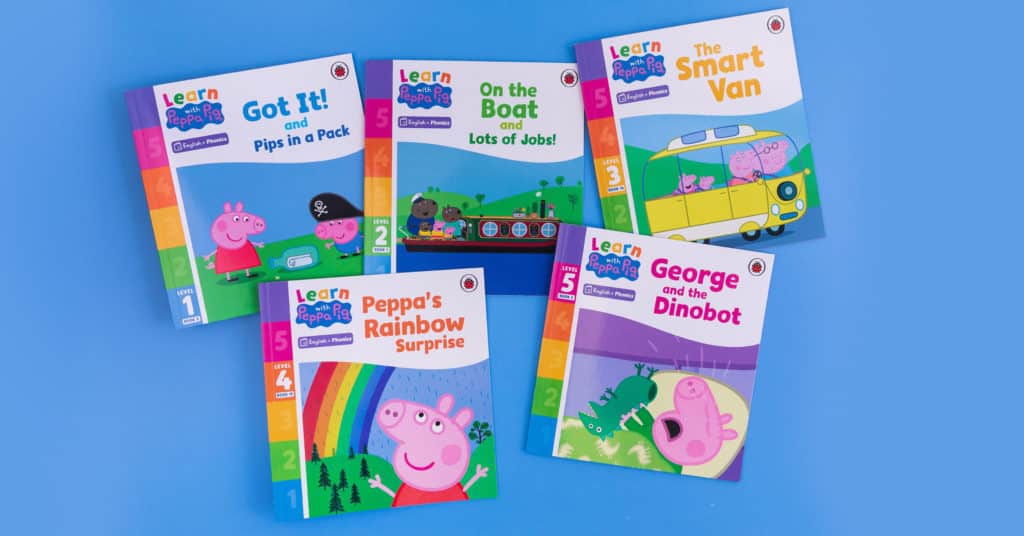Learning from the Everyday . . .
We all want our children to be successful learners, acquiring information about the world they live in, mastering and then refining basic skills and developing an understanding about who they are and what they know. Recent years have provided us with much more information about how the brain works, and, in particular, how this affects young children. We have known for some time that the period of birth – 7 is an exceptional time for neurological – as well as physical, social and emotional – growth and development as so we are ever more conscious of ensuring that this is properly supported.
The answer to this my be simpler that we might first imagine. Children’s learning is, after, all a natural, biologically primed process and therefore what we need to do is understand and build on this to make sure that they have the right kinds of experiences that enable this to happen.
Young children learn in a ‘holistic’ way. This means that they combine lots of elements together at the same time and don’t necessarily separate their experiences – or their learning – into discrete ‘subjects’. They also need active ‘hands on’ experiences to be able to do this. Perhaps most importantly of all they need to talk about it, ask questions about it and hear adults tell them about it. Not only does this reinforce their understanding of language and how to use it, but it introduces them to new vocabulary which helps them learn, remember and think.
So the ‘Learn with Peppa’ series of books provide a fantastic resource and starting point for young children to explore vital concepts in learning. But it is also equally important that this is supplemented by real everyday experiences that both consolidate what they have learned, secure the neurological connections and aid the child’s ability to remember, retrieve and recall information.
While new experiences and events are important for children it is also worth asserting that activities that happen as part of a typical day also provide multiple opportunities for children to support their learning. So, for example, hanging the washing out on a sunny and then sorting it when it is dry is rich with opportunities for classifying, describing, seeing shapes and understanding size. Helping prepare a meal leads to exploring and describing tase, smell and texture; mixing, chopping and cooking all show children how materials change. Every activity we might consider a chore is rich with possibilities for supporting what children have already encountered through the ‘Learn with Peppa’ series.
So, finally, here are three important aspects to consider in these everyday learning activities:
- Make it fun! Children learn best when they are happy and motivated so keep things light and enjoyable – they will love the 1:1 attention they are getting and this will energise them
- Take time to listen to them and allow them to think. They might need extra time to process information and recall or retrieve what they know. Again, they will delight in showing you that they have learned something and will respond positively to the praise they receive as a result.
- Make sure that language is a central part of what happens – asking questions, listening to their answers and introducing new words / vocabulary when it happens naturally. We often talk about ‘serve and return’ in conversation which extends thinking and engages children. The more this happens the more children will embed their learning. We also talk about ‘open’ questions, that don’t have a one word or ‘correct answer; ‘What do you think…’ ‘what did you do..’ These are also valuable in helping children to develop their thinking and recall.
Resources
Tags
early learning | home learningAge: 3 | 4 | 5 | 6




